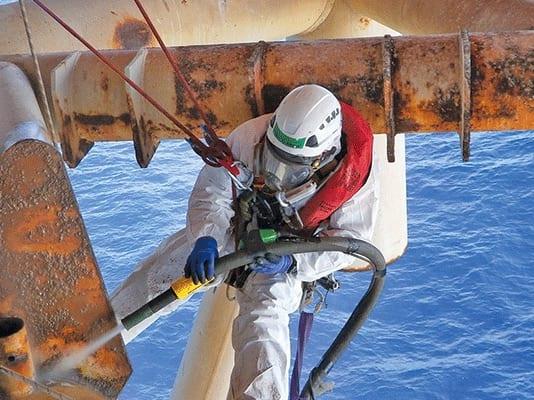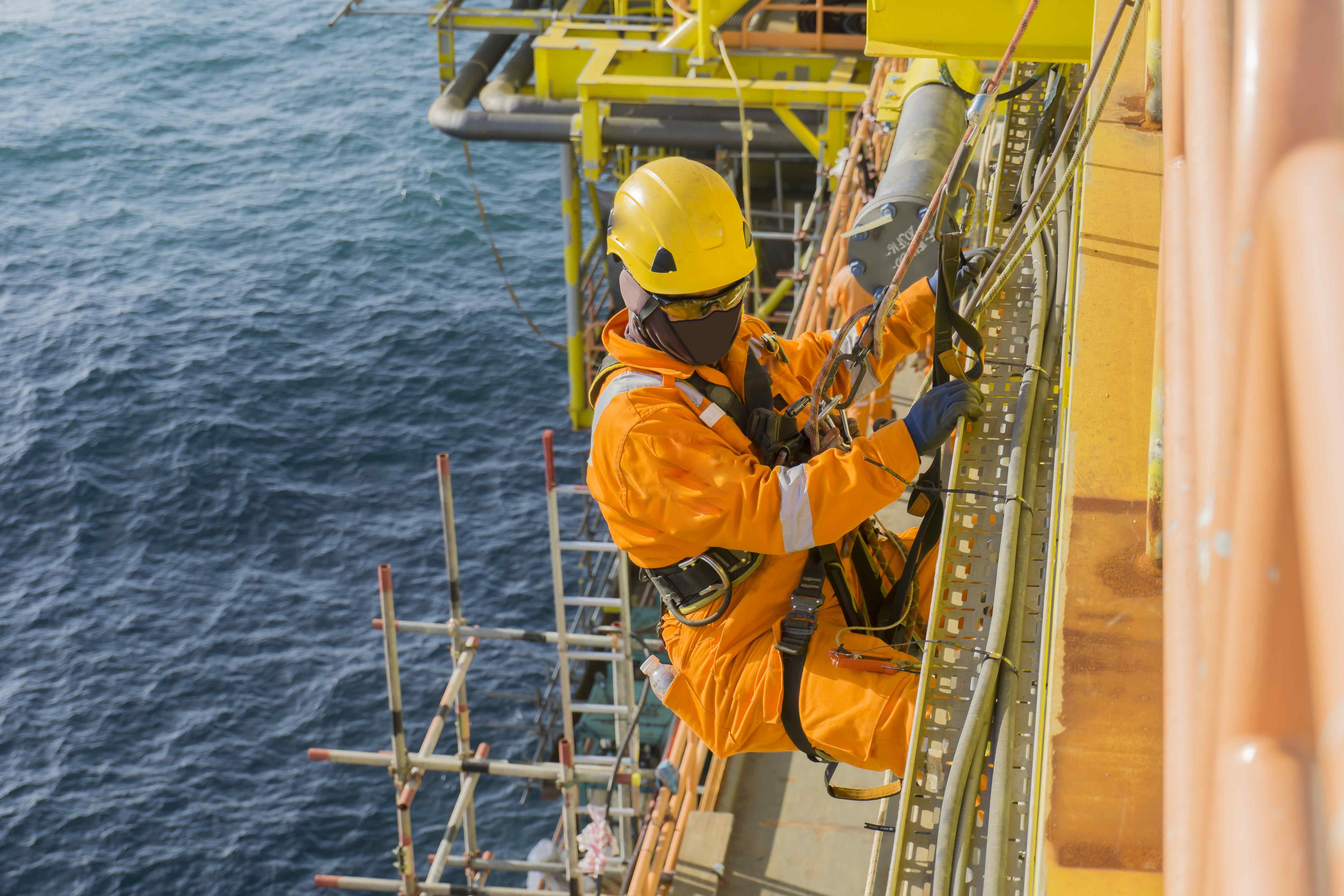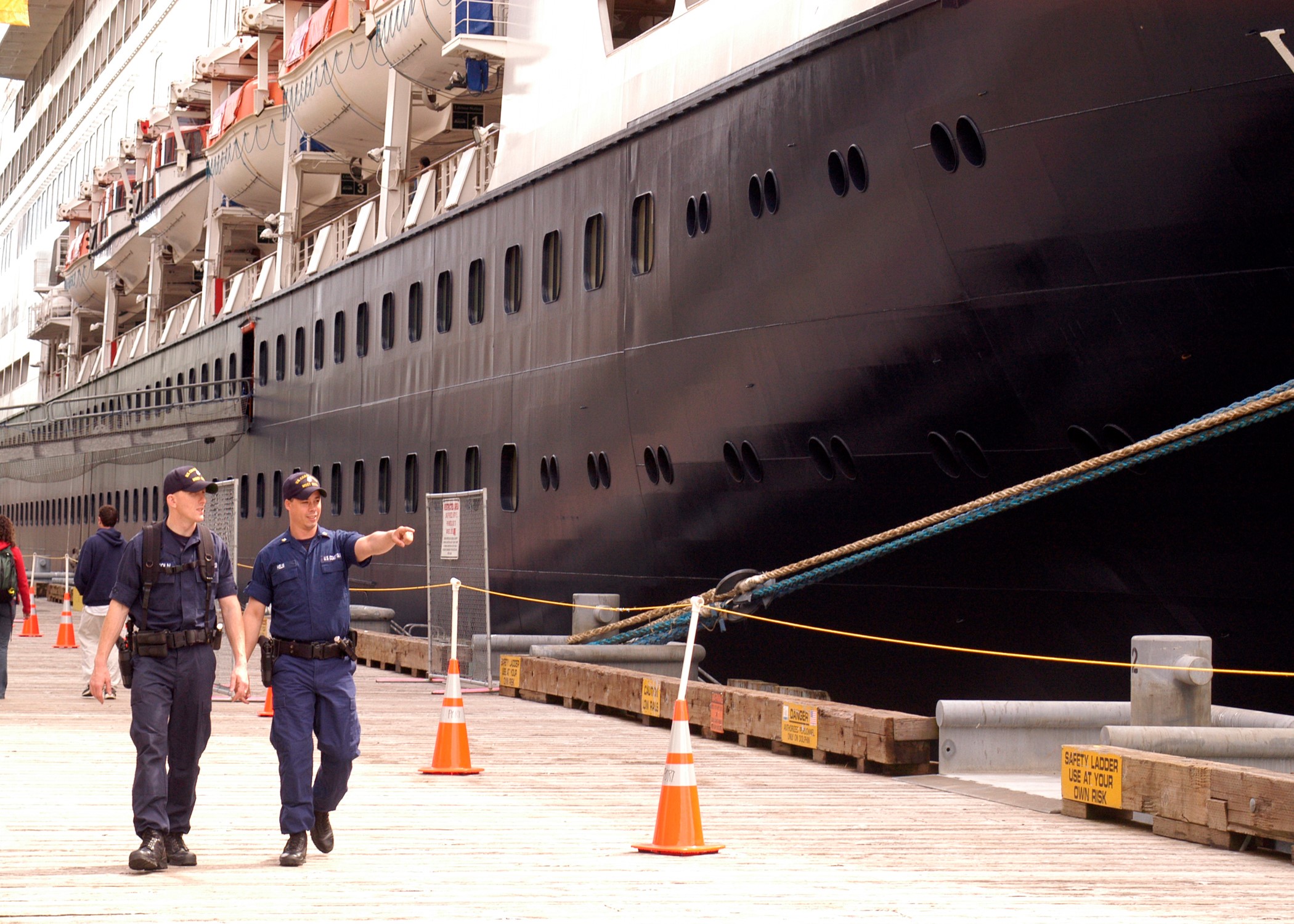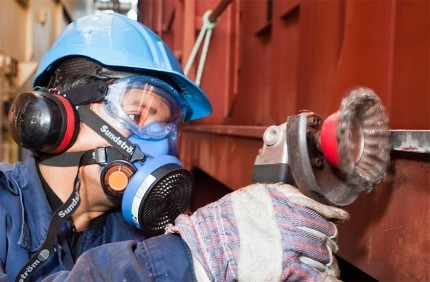COURSE OVERVIEW
OE0878-3D : Subsea Pipeline Repair Techniques

OVERVIEW
| COURSE TITLE | : | OE0878-3D : Subsea Pipeline Repair Techniques |
| COURSE DATE | : | Sep 14 - Sep 16 2025 |
| DURATION | : | 3 Days |
| INSTRUCTOR | : | Mr. Sergey Kole |
| VENUE | : | Dubai, UAE |
| COURSE FEE | : | $ 5250 |
| Register For Course Outline | ||
Course Description
This practical and highly-interactive course includes real-life case studies and exercises where participants will be engaged in a series of interactive small groups and class workshops.
This course is designed to provide participants with a detailed and up-to-date overview of Subsea Pipeline Repair Techniques. It covers the common failure modes in subsea pipelines, degradation mechanisms and leaking detection strategies; the inspection triggers, lifecycle phases and criticality for repair strategies; the damage assessment, wall thickness and cracking depth evaluation; the structural and flow assurance considerations and failure modes and effects analysis (FMEA); and the repair planning methodologies and subsea repair design considerations.
Further, the course will also discuss the reliability, availability, maintainability (RAM) analysis and risk-based inspection (RBI) approach to repair strategy; the differences in execution scope and timelines, emergency response kit components, lessons learned from past unplanned repair events and mobilization and rapid deployment protocols; and the diver-assisted repair techniques, ROV-based repair techniques and mechanical repair systems.
During this interactive course, participants will learn the composite and epoxy-based repairs, welding and hot-tap repair techniques and isolation and pipeline preparation techniques; the clamp installation tools and guides, spool and jumper handling skids, custom-engineered support tools and tool deployment frames and alignment jigs; the vessel selection for intervention, equipment mobilization and deck layout planning; the launch and recovery systems (LARS) and weather windows, metocean data and DP systems; the NDT methods, seal pressure testing, hydrotest procedures, structural monitoring and sensor integration, post-repair validation and commissioning; the digital twins and simulation tools for repairs, subsea condition monitoring with AI analytics, real-time repair modeling and visualization; and the integration with digital asset management systems.
link to course overview PDF
This course is designed to provide participants with a detailed and up-to-date overview of Subsea Pipeline Repair Techniques. It covers the common failure modes in subsea pipelines, degradation mechanisms and leaking detection strategies; the inspection triggers, lifecycle phases and criticality for repair strategies; the damage assessment, wall thickness and cracking depth evaluation; the structural and flow assurance considerations and failure modes and effects analysis (FMEA); and the repair planning methodologies and subsea repair design considerations.
Further, the course will also discuss the reliability, availability, maintainability (RAM) analysis and risk-based inspection (RBI) approach to repair strategy; the differences in execution scope and timelines, emergency response kit components, lessons learned from past unplanned repair events and mobilization and rapid deployment protocols; and the diver-assisted repair techniques, ROV-based repair techniques and mechanical repair systems.
During this interactive course, participants will learn the composite and epoxy-based repairs, welding and hot-tap repair techniques and isolation and pipeline preparation techniques; the clamp installation tools and guides, spool and jumper handling skids, custom-engineered support tools and tool deployment frames and alignment jigs; the vessel selection for intervention, equipment mobilization and deck layout planning; the launch and recovery systems (LARS) and weather windows, metocean data and DP systems; the NDT methods, seal pressure testing, hydrotest procedures, structural monitoring and sensor integration, post-repair validation and commissioning; the digital twins and simulation tools for repairs, subsea condition monitoring with AI analytics, real-time repair modeling and visualization; and the integration with digital asset management systems.
TRAINING METHODOLOGY
This interactive training course includes the following training methodologies:
LecturesPractical Workshops & Work Presentations
Hands-on Practical Exercises & Case Studies
Simulators (Hardware & Software) & Videos
In an unlikely event, the course instructor may modify the above training methodology for technical reasons.
VIRTUAL TRAINING (IF APPLICABLE)
If this course is delivered online as a Virtual Training, the following limitations will be applicable:
| Certificates | : | Only soft copy certificates will be issued |
| Training Materials | : | Only soft copy materials will be issued |
| Training Methodology | : | 80% theory, 20% practical |
| Training Program | : | 4 hours per day, from 09:30 to 13:30 |
RELATED COURSES

OE0072 : Rig Inspection
- Date: Aug 24 - Aug 28 / 3 Days
- Location: Doha, Qatar
- Course Details Register

OE0850 : The International Ship and Port Facility Security Code (ISPS)
- Date: Aug 31 - Sep 04 / 3 Days
- Location: Dubai, UAE
- Course Details Register

OE0865-3D : Vetting and Tanker Inspections
- Date: Aug 25 - Aug 27 / 3 Days
- Location: Abu Dhabi, UAE
- Course Details Register

OE0399(KN1) : Loading Master Certification for Oil & Gas Terminals
- Date: Aug 24 - Aug 28 / 3 Days
- Location: Doha, Qatar
- Course Details Register
